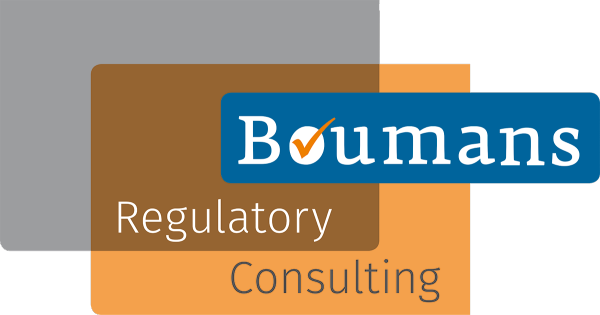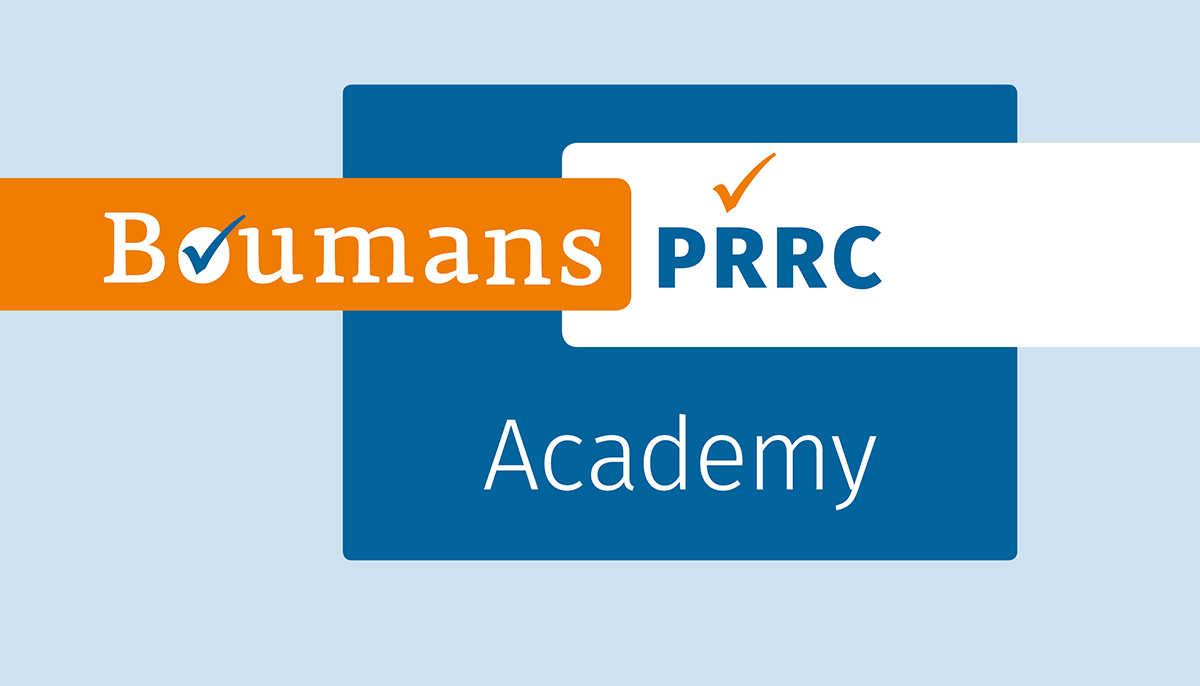This section is about:
- The consequences of Regulation (EU) 2023/607 for Class III and Class IIb implantable devices
- Differences and similarities between up-classified devices and devices that remain in the same risk class
- Even if your legacy device is in Class I, if it is up-classified you need to start working on your PSUR
- You need that PSUR because you must create a PMS plan
- Your SSCP needs to be ready, and periodically updated now
- Your PRRC must now also look at your future MDR devices
- If you don’t have an agreement with a notified body now, you may be running out of options soon…
Regulation (EU) 2023/607
Regulation (EU) 2023/607 on MDR transitional arrangements allows for manufacturers of devices that were certified under the ‘old’ Directives to remain certified as such for some years to come, while they wait until they become certified under the MDR. In general, this will require the manufacturer to prepare for the MDR and have a signed agreement with a notified body for MDR certification and continued surveillance audits by May 2024. You need to maintain the legacy status of your device by:
- Keeping the device in compliance with the MDD or AIMDD;
- Performing PMS in line with the MDR;
- Having an agreement with a notified body for MDR certification;
- Not changing de device significantly;
- Passing MDR assessment;
- …and some other things.
I communicated this general concept already in a previous post that you can also find on my website in the Longreads section. But the devil is in the detail. This post will look into devices that will under the MDR be considered Class III and Class IIb implantable devices, currently relying on MDD certification.
Notified body
If you have not yet closed an agreement with a notified body for MDR certification, you have until 26 May 2024 to do that. Obviously, we can expect congestion caused by companies that realize they are running out of options rapidly, so the last three months will be extremely hectic. Anybody avoiding that will try to be ready by February 2024. This means that notified bodies will also be very busy with these applications from October of this year. That means realistically speaking that, if you have not yet found a notified body, you need to start with the search and selection process in April. That is about NOW….!
No classification change versus up-classified
There are significant differences between the way Class III and Class IIb implantable devices should be handled by the manufacturer between the ‘old’ Directives and the MDR. As set out below, these devices should be treated as fully MDR-certified devices from May next year. Although up-classified devices will remain in their MDD risk class, it is strongly recommended to treat them also as if they are fully MDR-certified.
New concepts in the MDR
The MDR introduces several new concepts for these high-risk devices. Some are directly linked to the certification process, like the scrutiny procedure. This is not discussed here, because this is related to the certification procedure and not to the legacy status of the device. Others are conditions for successful certification, although they are not directly linked to the certification process. The most important are the implant card of Article 18 and the Summary of Safety and Clinical Performance (SSCP) of Article 32.
Implant card
The implant card is intended to be used to identify the device after it has been implanted. This can be useful if there are questions raised about the safety of the device. At least, it becomes possible to identify a device up to the level of the serial number without having to open the patient. Many companies had already introduced some sort of implant card before this was mentioned in the MDR. With this requirement coming up, companies are now switching to the MDR format or introducing this. Most physicians appreciate this and more and more are expecting implant cards with the implants they use. From that perspective, it would make sense to roll out the implant card as soon as possible, even if the device is not MDR-certified yet. You just don’t want to look outdated or worse, non-compliant. My tip: if you haven’t introduced the implant card yet, just do it as soon as possible.
SSCP
The SSCP is not required for legacy devices. But you need to have it ready for notified body scrutiny from the moment you apply for certification. The SSCP needs periodic updating with data from the PMCF evaluation report and/or the PSUR, and other parts of the technical documentation that may change as real-life data is collected and evaluated. This means that you will have to put quite some work into something that you don’t have to make public. But still, I would strongly suggest you create the SSCP. At the moment the notified body starts working on your documents, you will have everything ready and you have to build a routine in advance of having to do this for real.
Regarding publicizing, you may consider making this document public. If you don’t call it the SSCP, but something else (e.g. ‘User Information Guide on Safety and Performance’), it will not be reviewed as if it were the SSCP. It may list the residual risks and undesirable effects. Compared to a device about which nothing has been made public, this may not look favorable. However, most physicians should be able to explain this difference and may appreciate this being made public. They may prefer telling patients about known risks, to having to admit they don’t know or having to do their own research. Physicians that I speak with say that they would prefer working with devices that provide this information. If it indeed works like that, the decision to share SSCP information with users may soon be taken by your marketing department.
Periodic Safety Update Report (PSUR)
If your device was a Class III or Class IIb implantable device under the AIMDD or MDD and its classification does not change, it is easy to see that you should update the periodic safety update report (PSUR) at least annually and you have to send it to your notified body for review. Be aware that this could be a different notified body, which may have different priorities in reviewing. For devices that see their risk class change, the MDD risk classification remains in place until the device is MDR certified. Be aware that some software may now go from MDD Class I to MDR Class III.
This could mean that the device may ‘only’ require a PMS report for its MDD Class I status and an update every two years for its PSUR in the case of MDD Class IIa. Obviously, the Class III or Class IIb PSUR is only required one year after MDR certification and you may be tempted to just stick with a minimal PMS report or Class IIa PSUR for some time. But think again: while the PMS report or PSUR are related to an MDD-certified device, you need a full-blown PMS plan to become certified. During the period when you are waiting for the notified body to start with your certification, you need to keep updating that PMS plan, in line with PMS data. In my view, the best way of doing that is by switching to a full-blown PSUR already.
And now comes the nice part: an MDR Class III or Class IIb implantable device’s PSUR will be in compliance with the MDD requirements for Class I or Class IIa devices. As long as you are not explicit about that report being a full-blown PSUR, the notified body will look at it only from the perspective of a legacy device. At the same time are you building routine and experience into your organization, so you will be fully ready once the PSUR requirements fully apply.
In the case, your device was already a Class III or a Class IIb implantable device or was in the scope of the AIMDD, you already have to produce a PSUR annually. It speaks for itself that you need to get as close as possible to MDR levels in PMS.
Other parts of the technical documentation
Conclusions in the PSUR may have consequences for the risk management report, clinical evaluation report, user information, SSCP, and other parts of the technical documentation. Make sure that these parts of the technical documentation are updated accordingly. This may affect the technical documentation for the MDR just as well as the documentation for the MDD or AIMDD. As suggested in my other article, it will be fine if your technical documentation is kept in compliance with the MDR only, while no longer maintaining the ‘old’ documentation.
UDI
Before you can submit an application to a notified body, you need to set up the UDI structure (even if the labels do not require UDI yet). In order to structure your technical documentation, you need to group your devices into Basic UDI-DI device families. Although this may look quite straightforward (‘all devices with the same intended purpose, risk class, and essential design and manufacturing characteristics’), there is some bandwidth in how this should be interpreted. For example, a part may be made of plastic or steel; would that be an essential design characteristic? Whatever you do, you need to justify your choice and the notified body may or may not agree with that.
There is also some room for a manufacturer to decide if there is just one Basic UDI-DI per technical file, or if they want to combine device families that are almost identical in one set. Both can be done and both have their (dis)advantages. Here too, you need a justification.
Bottom line is that the notified body must appreciate how the Basic UDI-DI’s are structured and if you haven’t created this structure by now, there is no time to lose.
PRRC
According to MDCG guidance 2021-25, a PRRC is not required for legacy devices. But you need one for MDR-certified devices and this means that your notified body wants to know who is your PRRC at the moment you apply for a quote. You can’t get away with a PINO (‘PRRC In Name Only’), because the notified body wants to see evidence your PRRC is effective. The PRRC must create a PRRC plan, perform assessments, and report on findings. If you don’t have a PRRC (and preferably also a deputy PRRC as backup), there is no time to lose to get this done.
Reach out if you want to know more about:
- PMS requirements for legacy devices;
- UDI and EUDAMED
- If you want help with searching for a notified body
- The role of the PRRC for legacy devices as well as MDR devices;
- Or if you just want to have a top expert only one email away…
Just reach out to: Ronald@boumansconsulting.com





